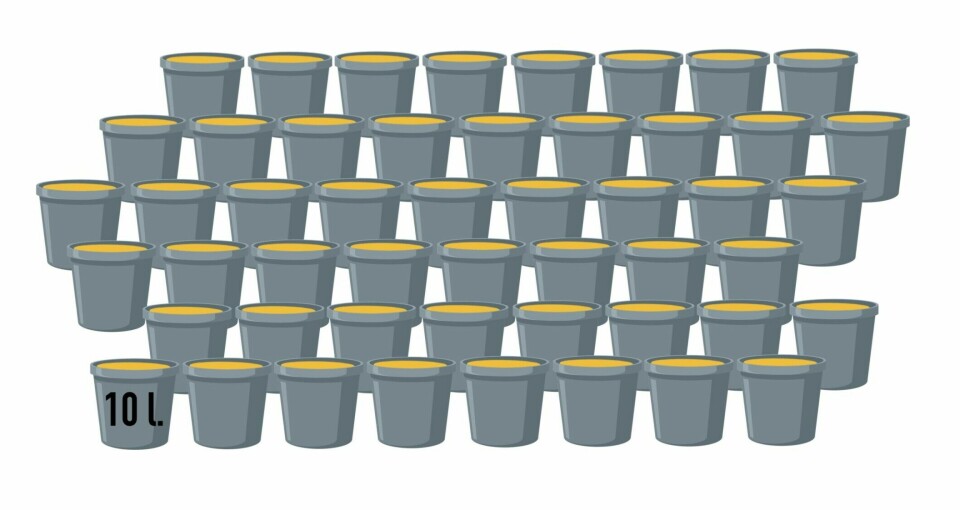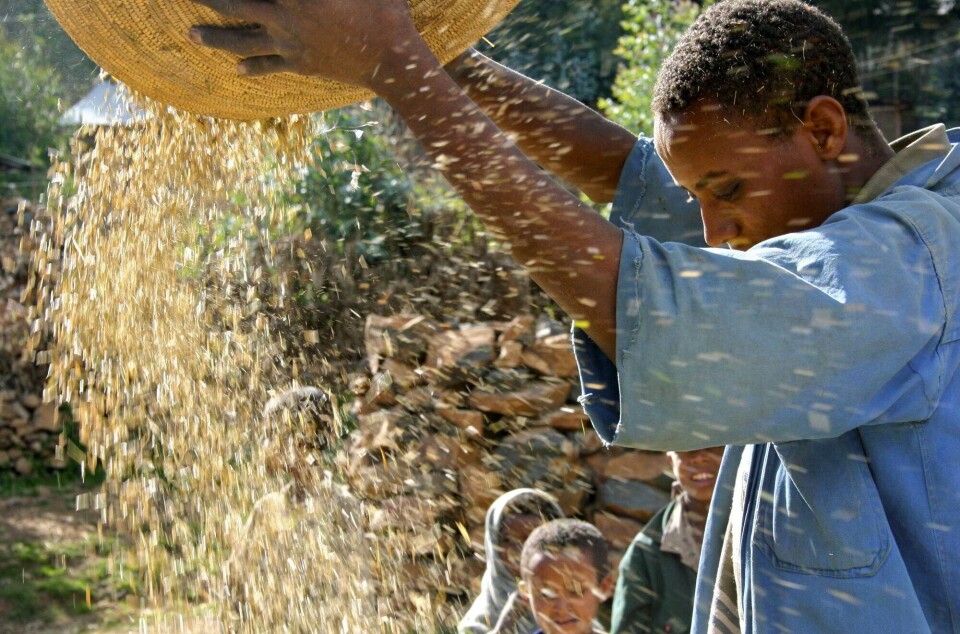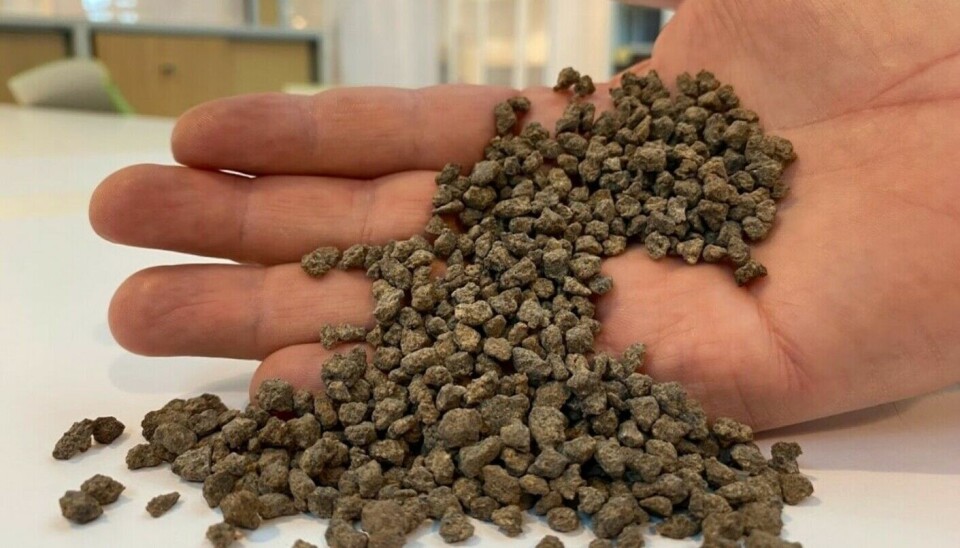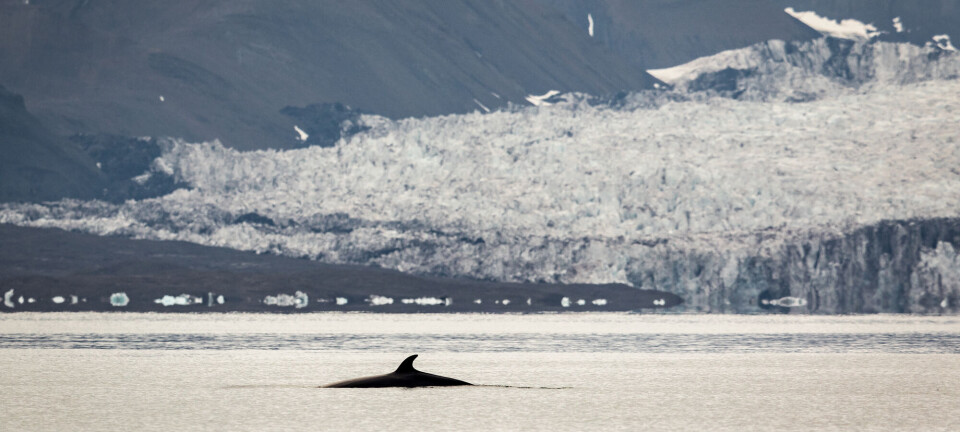
“Our urine is worth its weight in gold,” says researcher
Urine can be used as fertiliser for our plants.
Water, milk, and soft drinks find their way through our bodies and into the toilet bowl.
This makes researchers at the Norwegian Institute of Bioeconomy Research (NIBIO) shake their heads.
“Our urine is worth its weight in gold,” says researcher Divina Gracia P. Rodriguez.
What exactly are we flushing down the drain?
Overlooking a valuable resource

Our urine contains what the body wants to dispose of.
“But it can also put food on our table,” says Rodriguez.
The yellow liquid contains nitrogen and phosphorus. In other words: superfood for plants.
Currently, farmers spend a lot of money on synthetic fertilisers to ensure the growth of crops like grains and tomatoes.
“Our urine is completely free,” the researcher says.
We use cow dung
While the thought of using urine might be unappealing, its benefits are undeniable.
“Think about all the fertiliser we’re missing out on now,” Rodriguez says.
An adult man or woman flushes around 500 litres of urine a year. That can turn into between four and six kilos of fertiliser.
We already use cow dung on the fields without being disgusted by it.
“It’s high time we start collecting and utilising our own waste,” she says.

Innovative toilets
"We only need the urine, which requires separating it out. That's where innovative toilets come in," Rodriguez says.
These toilets are currently being tested in Bahir Dar, Ethiopia, where urine and faeces are collected separately.
In Ethiopia, sewage is often dumped directly into fields, wetlands, ditches, and by the water's edge.
“It contaminates the drinking water,” she says.
“But what about the urine that is separated? Should we just sprinkle it on the fields?”
“The researchers have created technology that dries the urine and turns it into pellets,” she says.
They are odourless and can be spread where needed.

Pee in the garden!
It might sound gross to use urine on plants.
“But it’s completely safe,” says Anne Spurkland, professor and medical researcher at the University of Oslo.
You can easily apply this method in your own garden.
“Mix urine and water as you would mix squash. One part urine, nine parts water,” she says.
A watering can with a narrow spout helps direct the mixture to the soil, avoiding plant leaves.
Spurkland is supportive of larger-scale tests of urine as a fertiliser.
It's more affordable and more climate-friendly.
“Here in Norway, we buy nitrogen as synthetic fertiliser. It’s expensive and requires a lot of energy to make,” says Spurkland.

The building blocks find new places
“If we're discarding urine, why is it beneficial for plants?”
Spurkland compares our urine to worn-out building blocks.
“What we humans dispose of can still be important for other life,” she says.
The body is built up and broken down all the time. During construction, some blocks get damaged.
These ‘damaged’ materials in our urine can be rejuvenated in the soil.
“Soil bacteria transform the nitrogen into new building blocks that plants utilise,” she explains.
Bad for the ocean
The fertilising properties of urine have been known for years.
“Nevertheless, we continue to flush it away, polluting the oceans. This is detrimental both to us and marine environments,” Rodriguez says.
You can learn more about the impact of excess nitrogen on the ocean here (link in Norwegian).
The researcher encourages a mindset of curiosity, creativity, and openness to novel ideas.
“This is how we discover innovative solutions, transforming urine from waste to a superfood for plants,” she says.
———
Translated by Alette Bjordal Gjellesvik
Read the Norwegian version of this article on ung.forskning.no






































